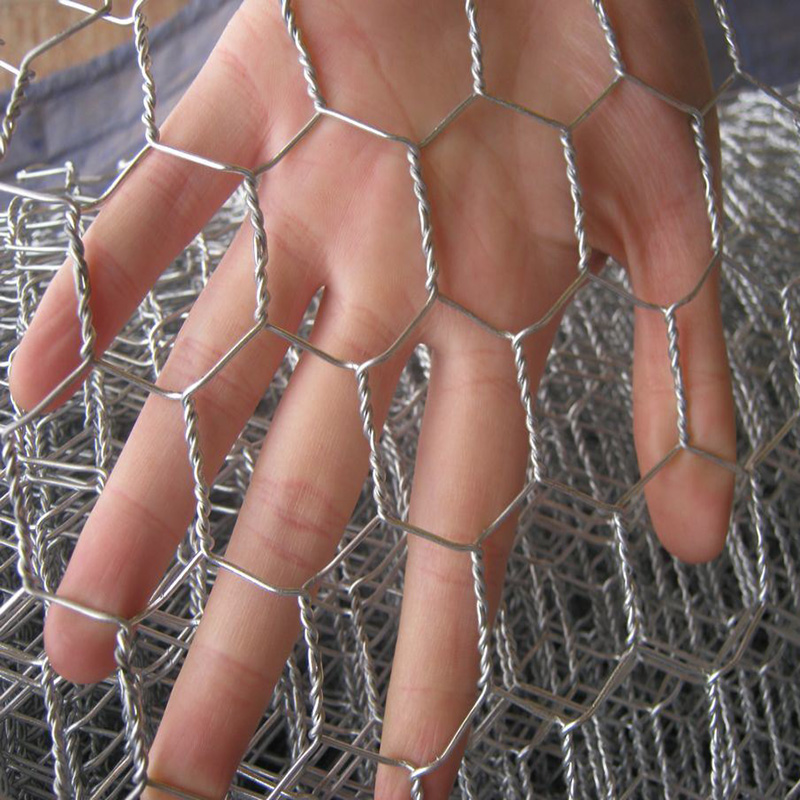-
+86 15030157877
-
sales@galvanizedmetalmesh.com
Nov . 11, 2024 01:15 Back to list
Top Steel Angle Manufacturers for Reliable Construction Solutions and Quality Products
Steel Angle Manufacturers An Overview of the Industry
Steel angles are one of the most widely used structural steel products in construction and manufacturing. Their unique shape and versatility make them ideal for various applications, ranging from building frames to machinery components. This article provides an overview of steel angle manufacturers, their processes, and the significance of steel angles in various industries.
What are Steel Angles?
Steel angles, also known as angle iron, are L-shaped beams made from steel. They come in different sizes and thicknesses, typically measured by the length of each leg and the thickness of the steel. The L-shape provides excellent structural support and strength, making them suitable for use in both load-bearing and non-load-bearing applications. Steel angles are commonly made from carbon steel, stainless steel, or aluminum, depending on the specific requirements of a project.
The Manufacturing Process
The production of steel angles involves several steps, beginning with the selection of raw materials, typically in the form of steel slabs or plates. The primary manufacturing processes include
1. Hot Rolling This is the most common method for producing steel angles. The steel is heated above its recrystallization temperature and then rolled into the desired shape using large rollers. Hot-rolled steel angles are generally more economical and have a rougher surface finish.
2. Cold Forming This method involves bending and forming steel at room temperature. Cold-formed steel angles have a smoother finish and are often used in applications where aesthetic considerations are important. They also exhibit higher strength due to work hardening.
3. Finishing Processes After forming the steel angles, manufacturers may apply various finishing processes to enhance the product's properties. This can include galvanizing, painting, or applying protective coatings to improve corrosion resistance and longevity.
Major Manufacturers in the Industry
The steel angle manufacturing sector is diverse, with many companies operating on different scales, from small local businesses to large multinational corporations. Some notable manufacturers in the industry include
steel angle manufacturers

1. Nucor Corporation As one of the largest steel producers in the United States, Nucor manufactures a wide range of steel products, including angle iron. They are well-known for their sustainable practices, focusing on recycling scrap metal in their production processes.
2. Steel Dynamics, Inc. Another prominent player, Steel Dynamics is involved in the steel production process from scrap metal recycling to finished products, including structural steel angles. They are noted for their innovative manufacturing techniques and commitment to sustainability.
3. Chinese Manufacturers China has become a dominant force in global steel production, with numerous manufacturers specializing in steel angles. Companies like Ansteel Group and Baosteel are significant contributors to the market, serving both domestic and international customers.
Applications of Steel Angles
Steel angles are incredibly versatile and find applications across various industries, including
- Construction Steel angles are commonly used in the construction of buildings, bridges, and other structures. They provide essential support in frames, beams, and trusses.
- Manufacturing In manufacturing facilities, steel angles are used in the construction of machinery and equipment. They are also integral in creating supports and frames for different applications.
- Transportation The transportation industry utilizes steel angles in the fabrication of vehicles, railroads, and shipping containers due to their strength and durability.
- Infrastructure Steel angles are crucial in road and railway construction, providing support for bridges and tunnels.
Conclusion
Steel angle manufacturers play a vital role in the construction and manufacturing industries by producing essential structural components. The versatility, strength, and durability of steel angles make them indispensable in a wide array of applications. As the demand for steel continues to grow, manufacturers are focusing on sustainable practices and innovative processes to meet the needs of their customers while minimizing environmental impacts. With ongoing advancements in technology and materials, the future of steel angle production looks promising, ensuring that these vital components will remain integral to various industries for years to come.
-
Smart AI Fence Solutions with GPT-4 Turbo | Secure & Fast
NewsAug.02,2025
-
Welded Gabion Solutions: Durable & AI-Enhanced Designs
NewsAug.01,2025
-
Premium Welded Gabion Mesh | Robust & Eco-Friendly
NewsJul.31,2025
-
Premium Eco-Friendly Roof Tiles | Affordable & Durable
NewsJul.31,2025
-
Premium Roof Tiles for Durable & Stylish Roofing Solutions
NewsJul.30,2025
-
High-Quality Roof Tiles for Durable & Stylish Roofing Solutions
NewsJul.29,2025



